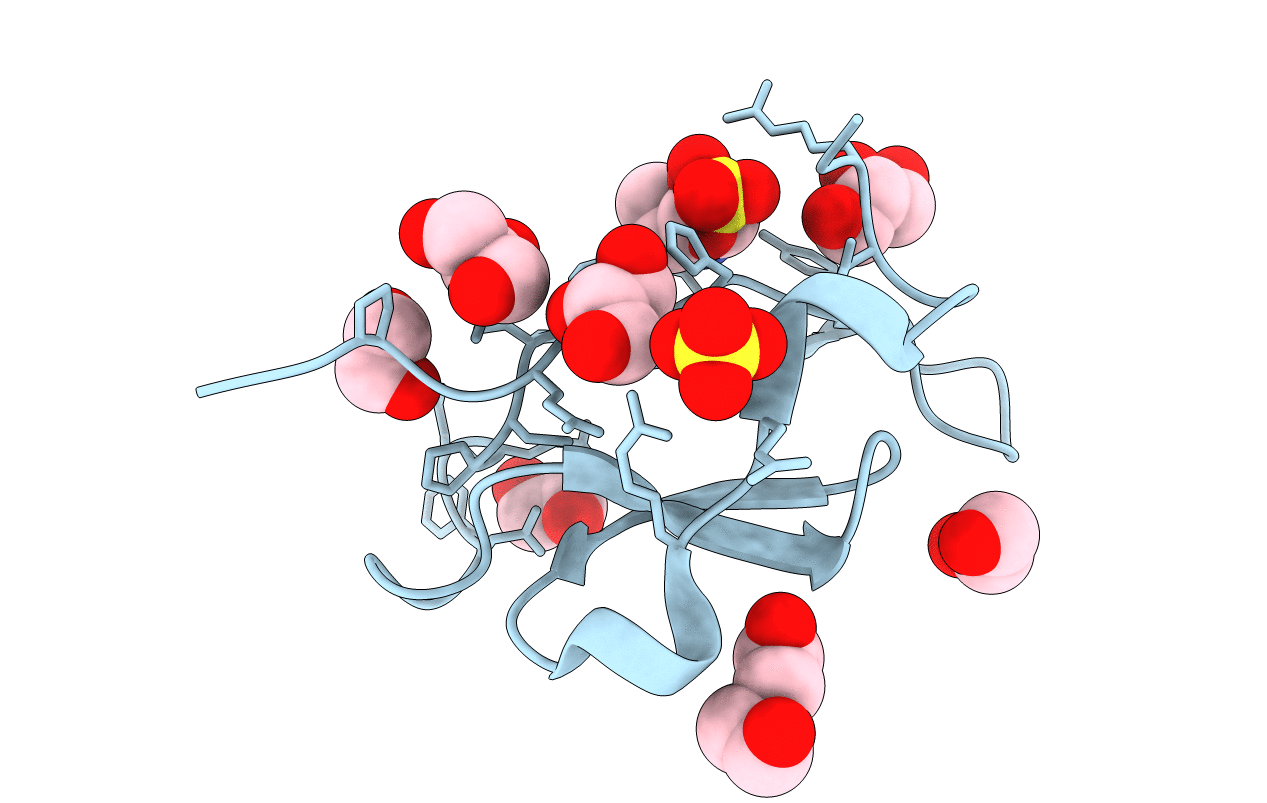
Deposition Date
2016-10-06
Release Date
2017-04-05
Last Version Date
2024-11-20
Method Details:
Experimental Method:
Resolution:
1.39 Å
R-Value Free:
0.13
R-Value Work:
0.11
R-Value Observed:
0.11
Space Group:
P 43 21 2


